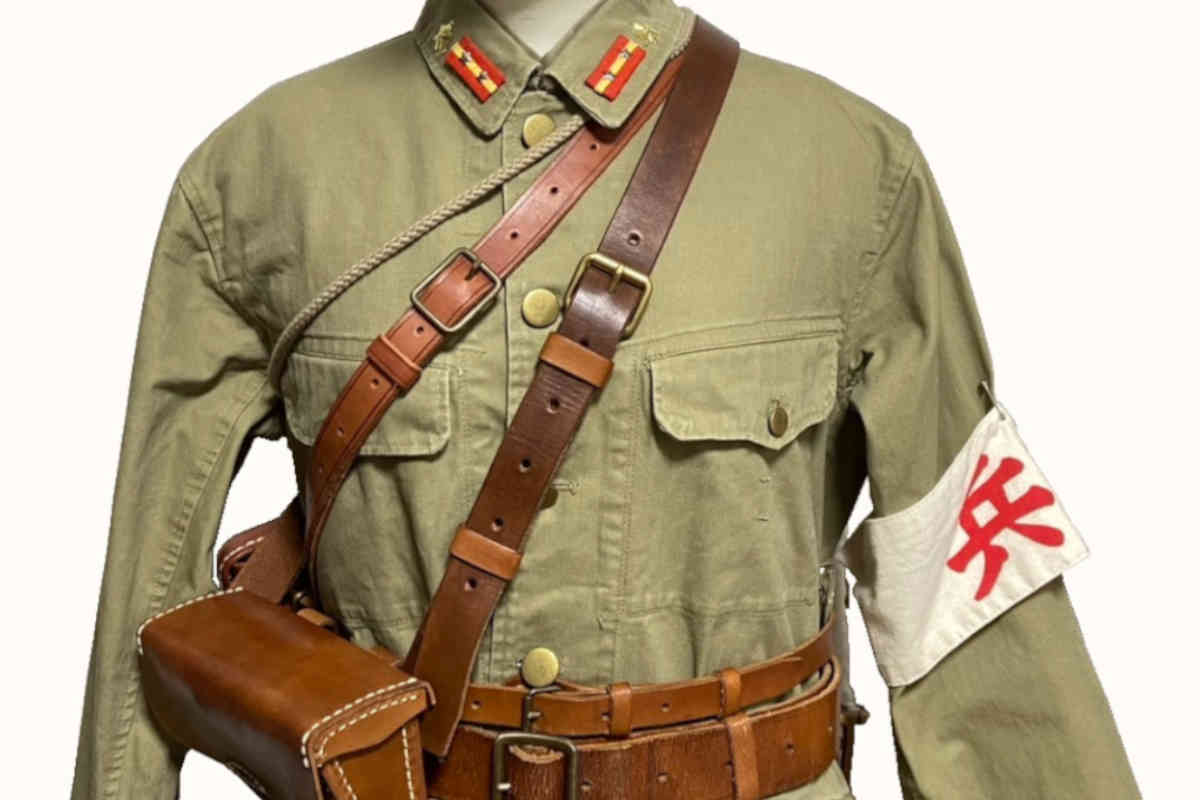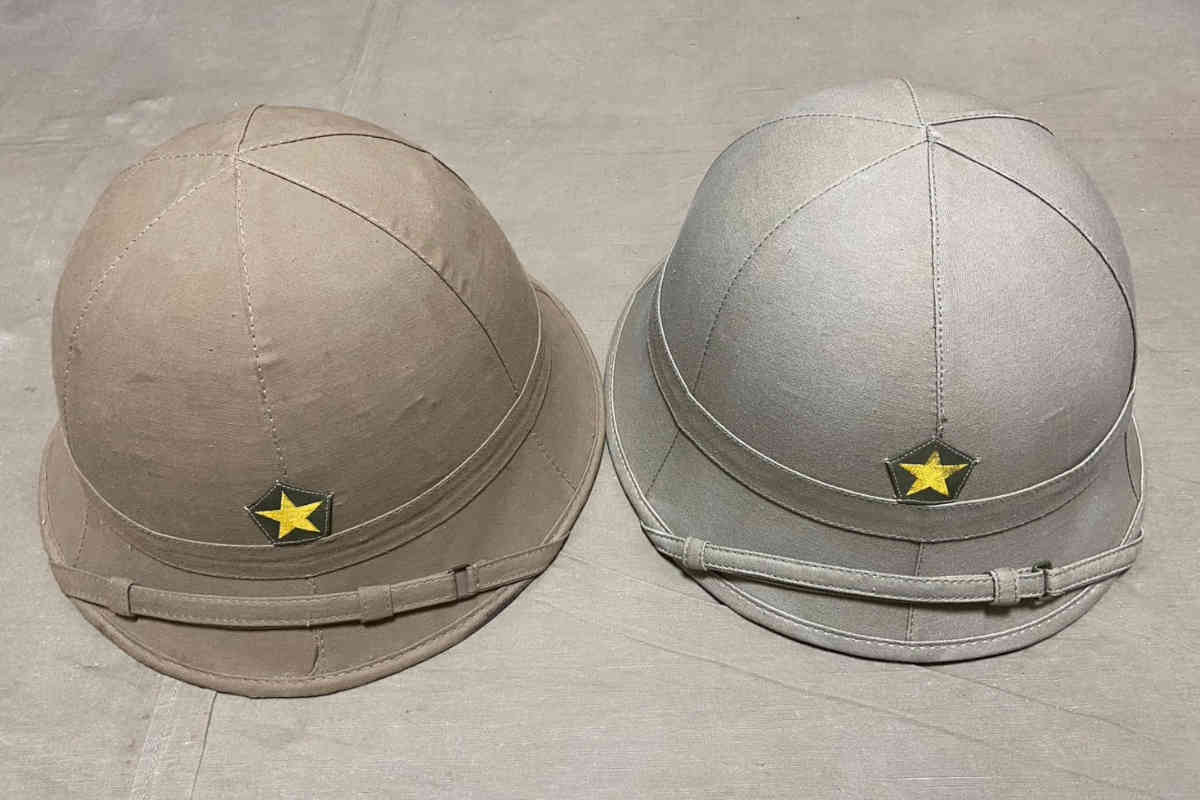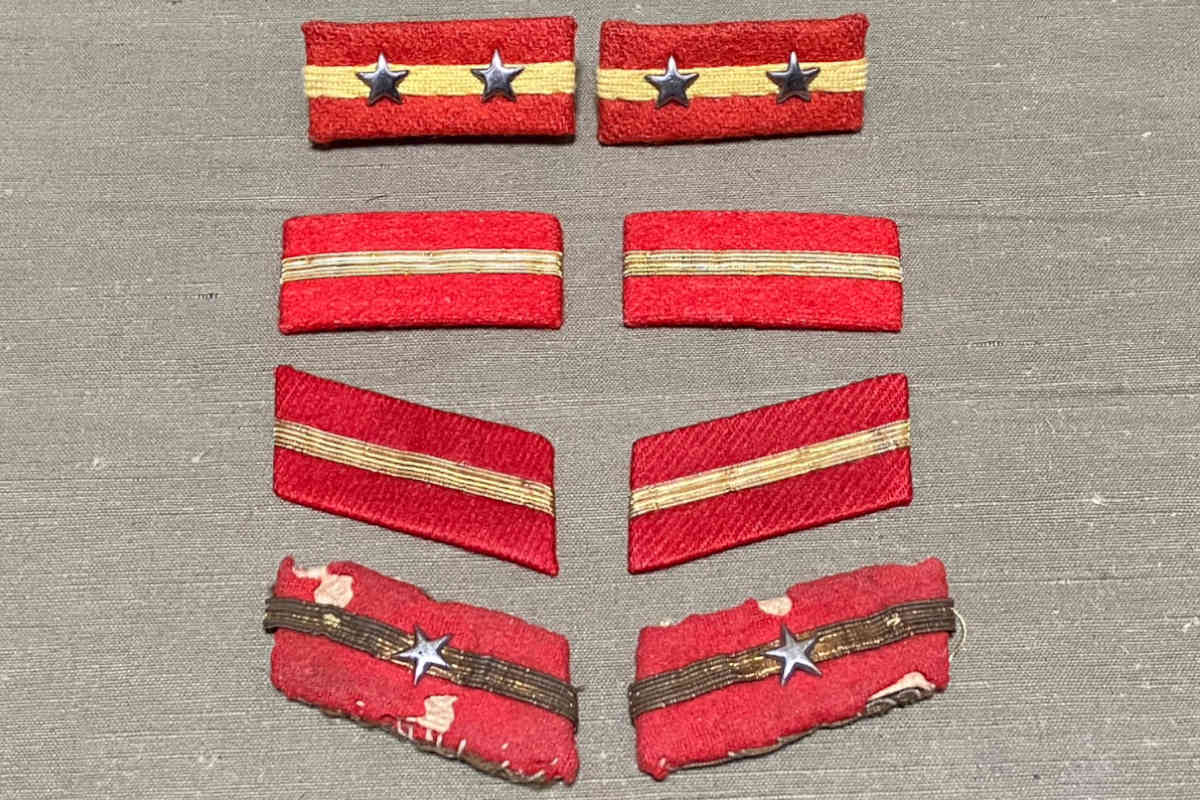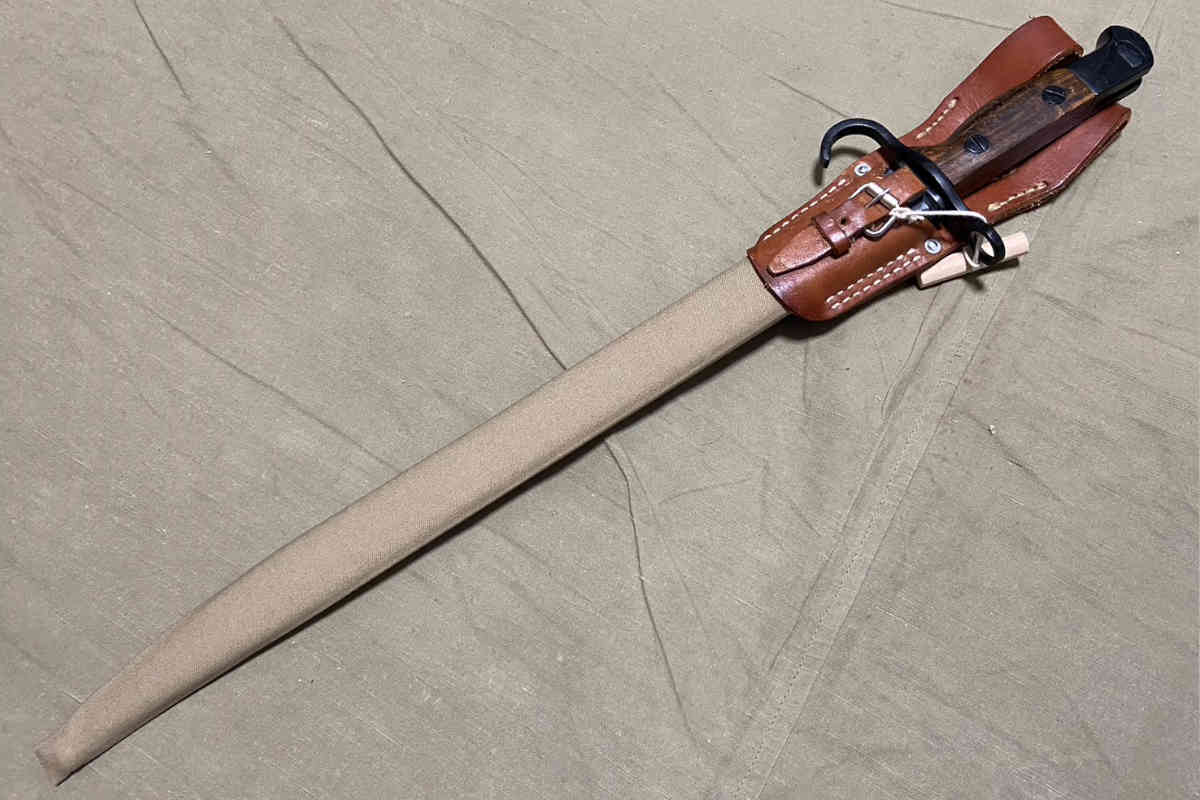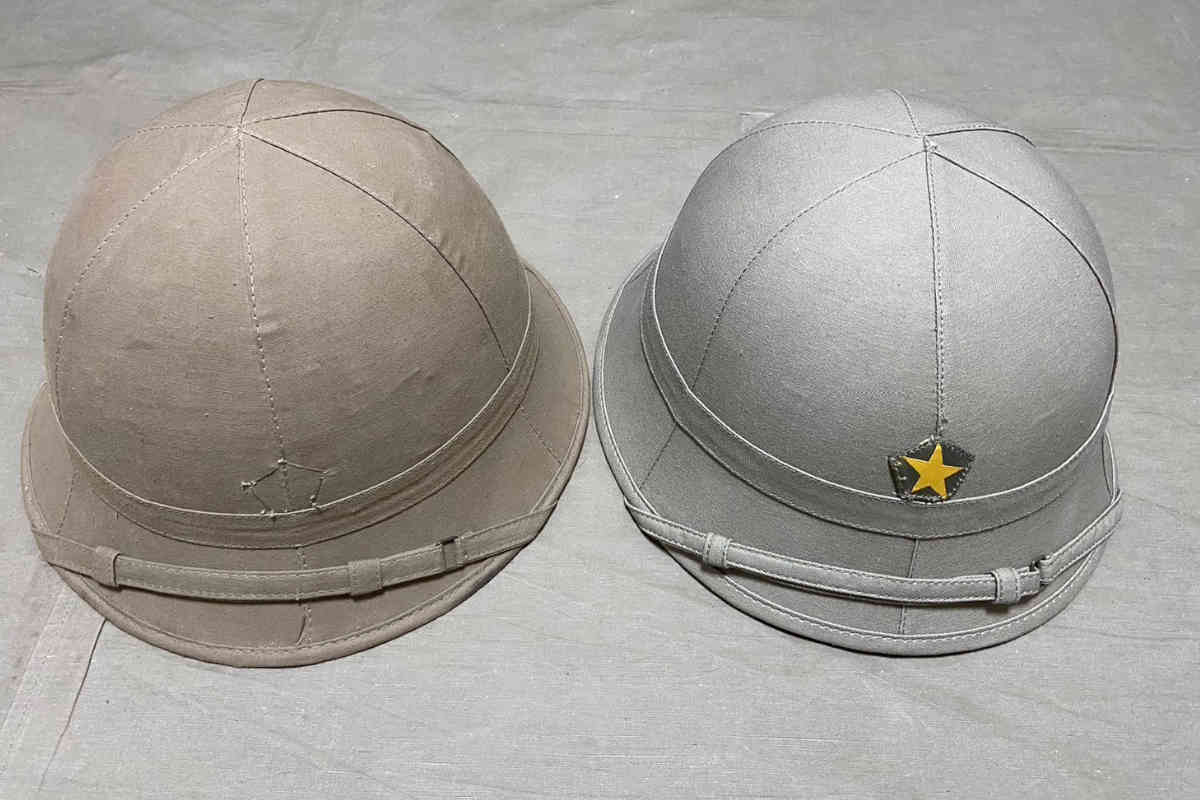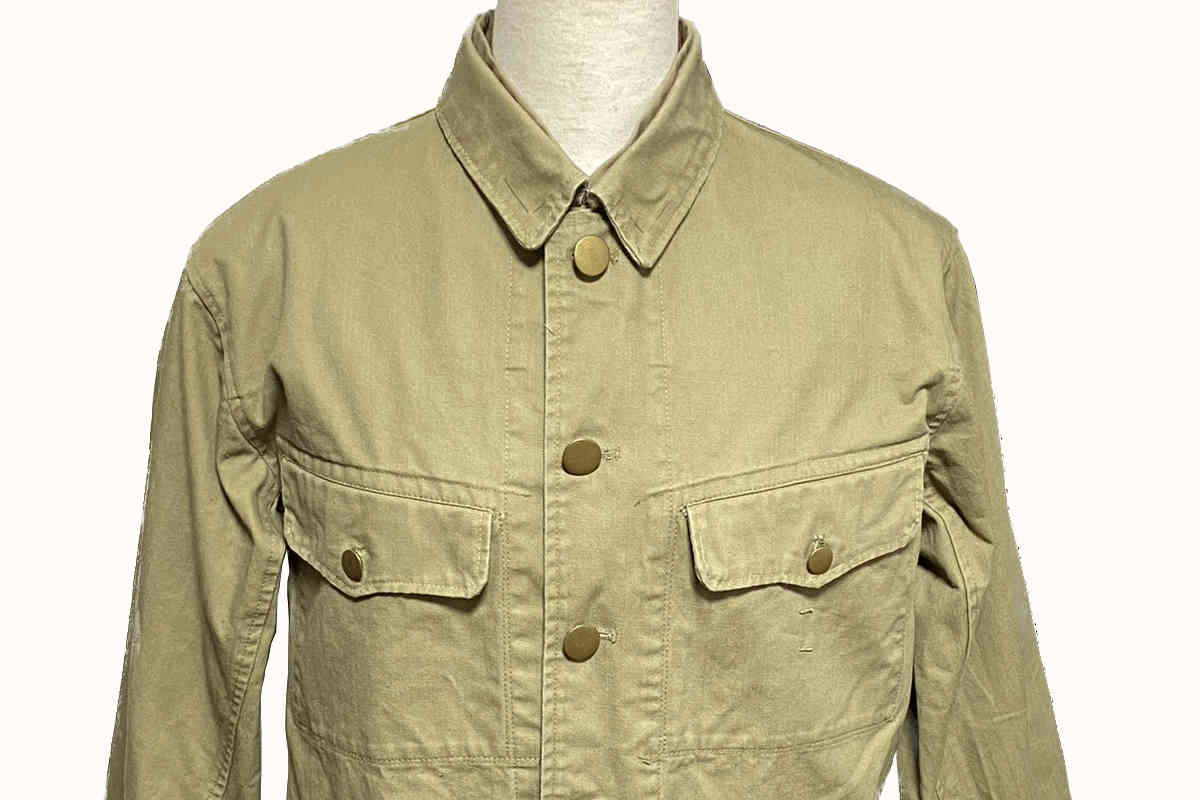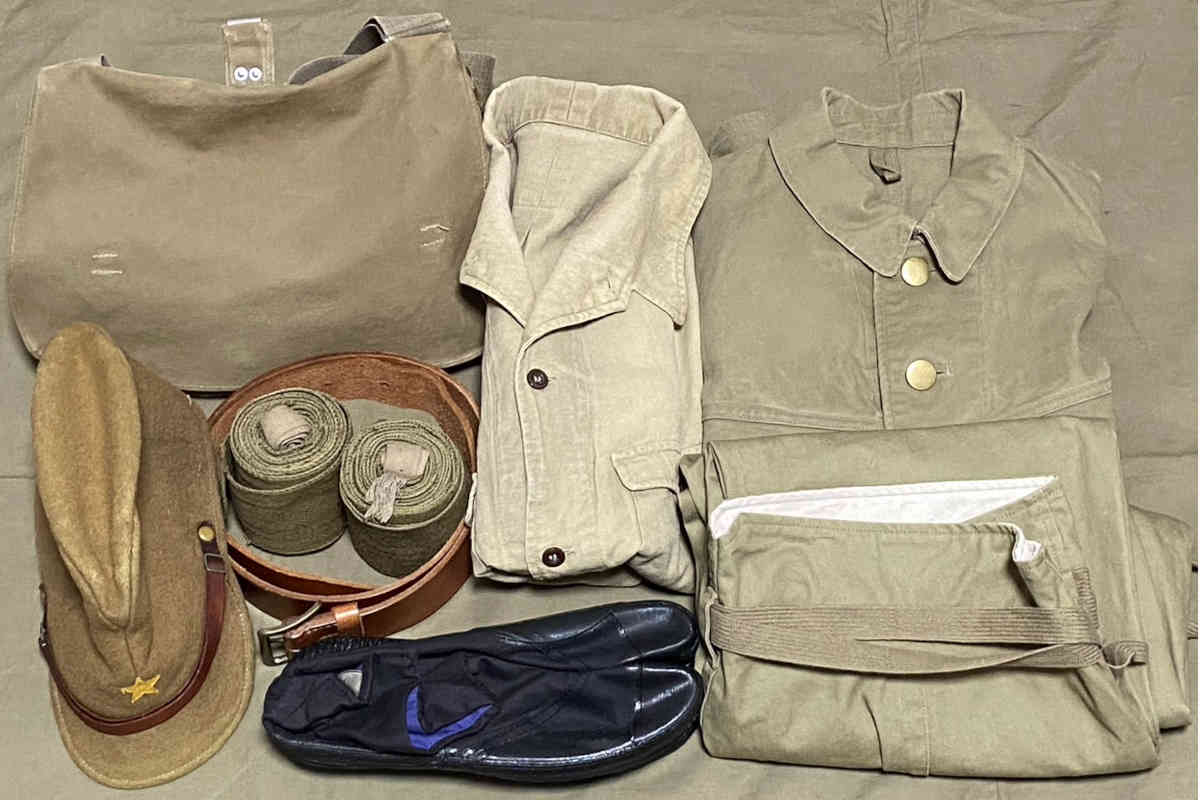Military Police(Type 98 Summer Tunic)
This is an example of a military police non-commissioned officer wearing the Type 98 Summer Tunic. In the case of the Japanese Army, the lowest rank for military police is Senior Private, so care must be taken when recreating this. To become a military police officer, one had to apply to and graduate from the Military Police School (Kenpeitai Training Unit) after serving in a general branch of the military. As of 1943 (Showa 18), it took approximately six months of training to become a Military Police Senior Private and about one year of education to become a Military Police…
